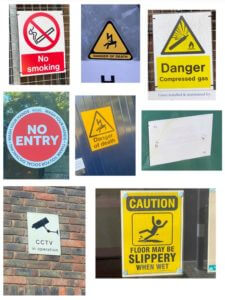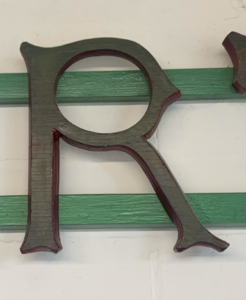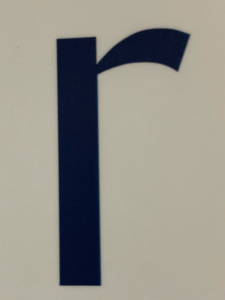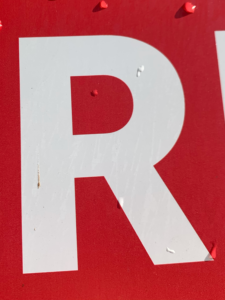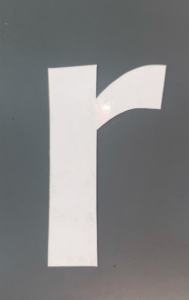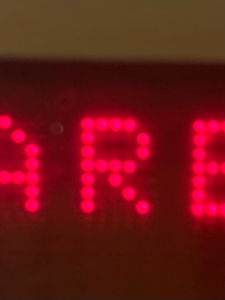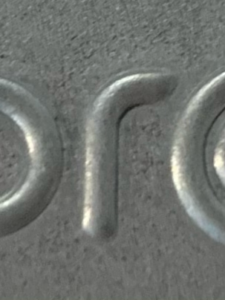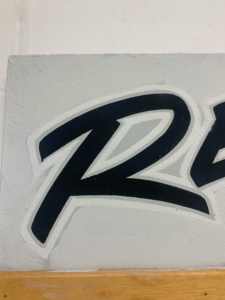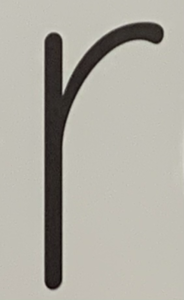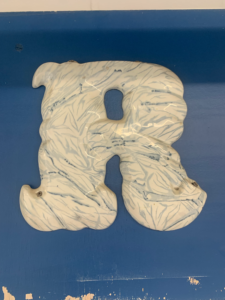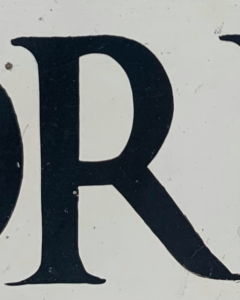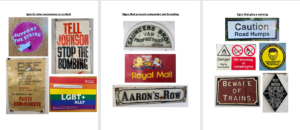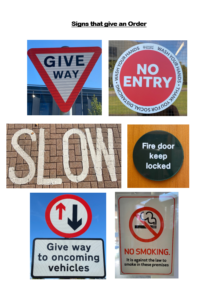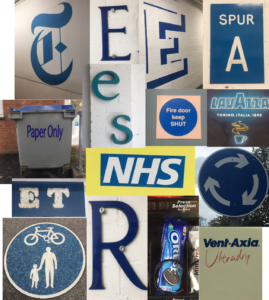
When taking pictures of the signs I started in the Typography department, and I started to take pictures of signs and posters with serifs. For example, the road sign that reads ‘MINISTER AVENUE’ has serifs on the typeface.
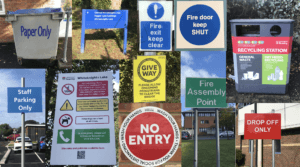
As I left the department and went outside I noticed numerous signs with information and instructions. I then found a theme of ‘instructions and informative signs’. I continued taking pictures of bold instruction signs. I organised my pictures into two categories. Instruction signs with text and instruction signs with icons. The first set shows instruction signs with text. An example of one of the sign is the blue one that reads ‘staff parking only’. The blue colour for the sign shows that this is a positive instruction sign that must be followed. Another example with the colour blue is ‘fire door keep shut’, again this sign represents that these doors must be kept closed at all times. The colour blue for these instruction/informative signs will draw attention. The sign that reads ‘drop off only’ and ‘no entry’ are in red. Red symbolises important and strong instructions. The colour red can also be seen from a very far distance making it useful to be in red to inform people on what the sign is about.
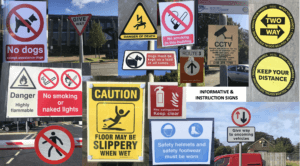
The second category I chose was instruction and informative signs with icons. One example I really liked was the yellow sign which read ‘floor may be slippery when wet’ and has an icon of a person slipping. This sign caught my eye because the sign is showing you the effect of what can happen if you walk on the wet floor. Yellow signs are simply warning signs but they are still informative as they are warning you on what could happen. Yellow also suggests danger. An instruction sign with icons which reads ‘no smoking in this building’ is a command and is telling people not to smoke. The icon with a cigarette with a red line through it makes it very clear that this must be followed, and with the sign being red it makes it stand out more. Other signs such as the ‘give way’ sign with arrows shows to allow drivers to pass by coming from the direction of the arrows and signs like ‘CCTV cameras in operation’ with a CCTV camera icon makes it noticeable that there are cameras in this building. Again this is a yellow sign suggesting the danger on what could happen if instructions are not followed.

